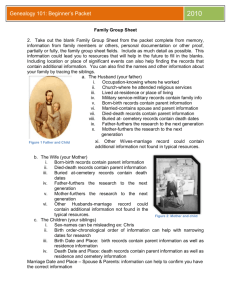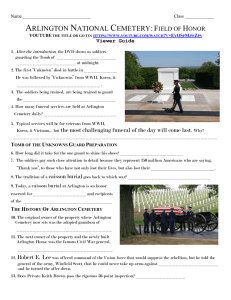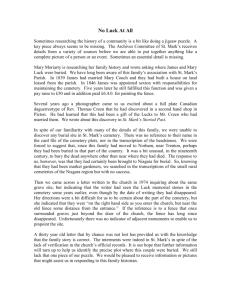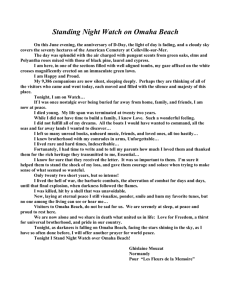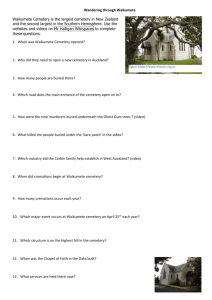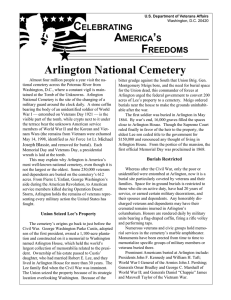Arlington National Cemetery
advertisement
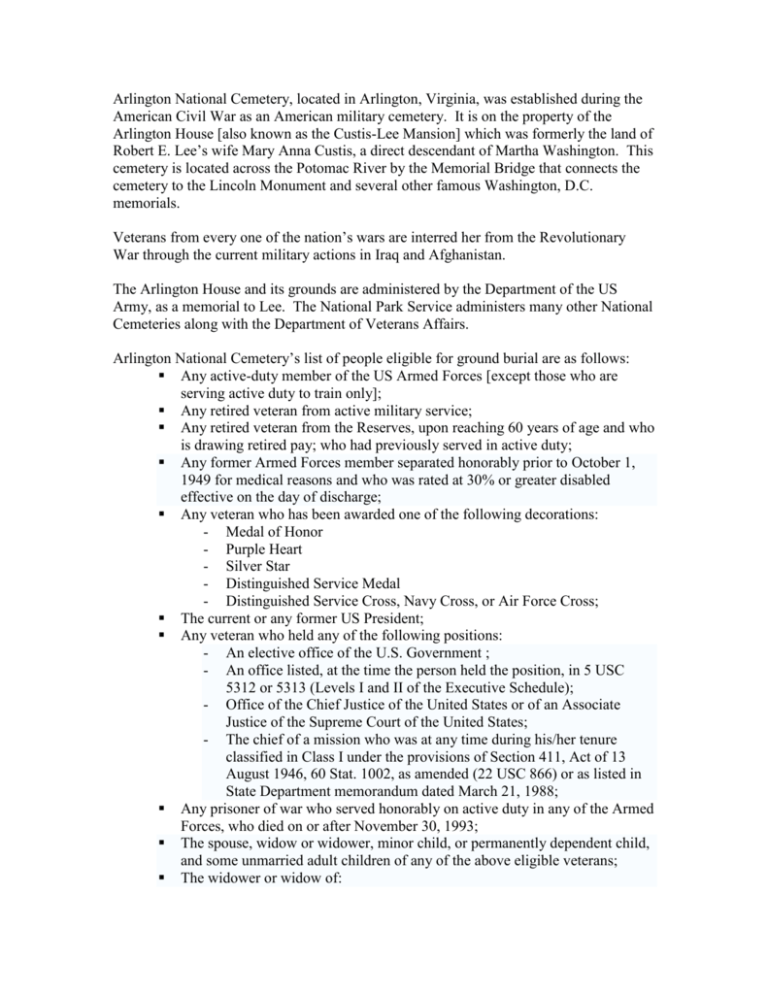
Arlington National Cemetery, located in Arlington, Virginia, was established during the American Civil War as an American military cemetery. It is on the property of the Arlington House [also known as the Custis-Lee Mansion] which was formerly the land of Robert E. Lee’s wife Mary Anna Custis, a direct descendant of Martha Washington. This cemetery is located across the Potomac River by the Memorial Bridge that connects the cemetery to the Lincoln Monument and several other famous Washington, D.C. memorials. Veterans from every one of the nation’s wars are interred her from the Revolutionary War through the current military actions in Iraq and Afghanistan. The Arlington House and its grounds are administered by the Department of the US Army, as a memorial to Lee. The National Park Service administers many other National Cemeteries along with the Department of Veterans Affairs. Arlington National Cemetery’s list of people eligible for ground burial are as follows: Any active-duty member of the US Armed Forces [except those who are serving active duty to train only]; Any retired veteran from active military service; Any retired veteran from the Reserves, upon reaching 60 years of age and who is drawing retired pay; who had previously served in active duty; Any former Armed Forces member separated honorably prior to October 1, 1949 for medical reasons and who was rated at 30% or greater disabled effective on the day of discharge; Any veteran who has been awarded one of the following decorations: - Medal of Honor - Purple Heart - Silver Star - Distinguished Service Medal - Distinguished Service Cross, Navy Cross, or Air Force Cross; The current or any former US President; Any veteran who held any of the following positions: - An elective office of the U.S. Government ; - An office listed, at the time the person held the position, in 5 USC 5312 or 5313 (Levels I and II of the Executive Schedule); - Office of the Chief Justice of the United States or of an Associate Justice of the Supreme Court of the United States; - The chief of a mission who was at any time during his/her tenure classified in Class I under the provisions of Section 411, Act of 13 August 1946, 60 Stat. 1002, as amended (22 USC 866) or as listed in State Department memorandum dated March 21, 1988; Any prisoner of war who served honorably on active duty in any of the Armed Forces, who died on or after November 30, 1993; The spouse, widow or widower, minor child, or permanently dependent child, and some unmarried adult children of any of the above eligible veterans; The widower or widow of: - a member of the Armed Forces who is buried in an overseas US military cemetery and is maintained by the American Battle Monuments Commission; - a member of the Armed Forces who was lost or buried at sea or officially determined to be missing in action; - a member of the Armed Forces who is interred in Arlington National Cemetery as part of a group burial; The existing spouse, minor child, or permanently dependent child of any person already buried in Arlington National Cemetery; The parents of a minor child, or permanently dependent child whose remains, based on the eligibility, are already buried in ANC. A divorced spouse from the primary eligible, or widowed and remarried, is not eligible for interment. Provided certain conditions are met, a former member of the Armed Forces may be buried in the same grave with a close relative who is already buried and is the primary eligible. The Tomb of the Unknowns This tomb is also known as the Tomb of the Unknown Soldier. It stands on top of a hill overlooking Washington, D.C. The World War I unknown is below the marble sarcophagus. Other unknowns are beneath the white slabs on the ground. They are the World War II and the Korean War unknowns. The remains of the former Vietnam War unknown were under the middle slab, however, after DNA analysis, he was identified as being Michael Blassie. Other unknowns from World War I, World War II, Korean War, Vietnam War are also buried at the Tomb of the Unknowns.

